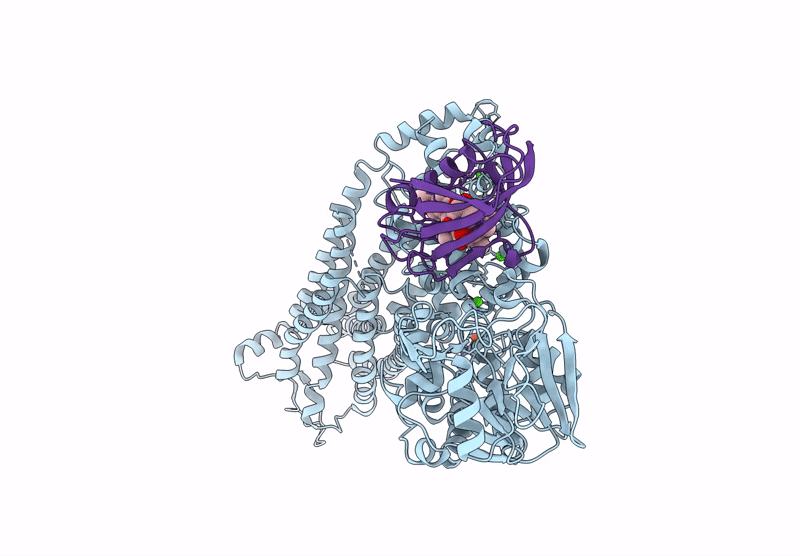
Deposition Date
2024-11-03
Release Date
2025-05-07
Last Version Date
2025-07-02
Entry Detail
PDB ID:
9KDG
Keywords:
Title:
CryoEM structure of Calcineurin-fusion Human endothelin receptor type-B in the ligand-free form
Biological Source:
Source Organism:
Homo sapiens (Taxon ID: 9606)
Host Organism:
Method Details:
Experimental Method:
Resolution:
3.33 Å
Aggregation State:
PARTICLE
Reconstruction Method:
SINGLE PARTICLE


